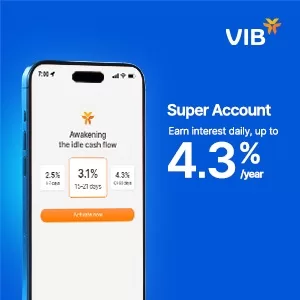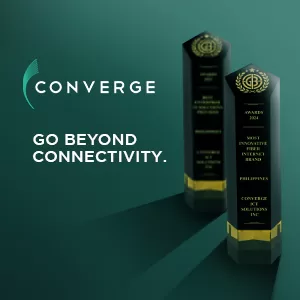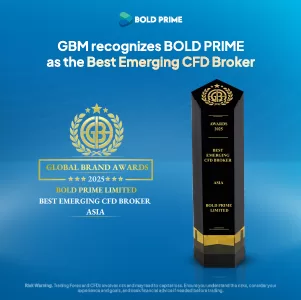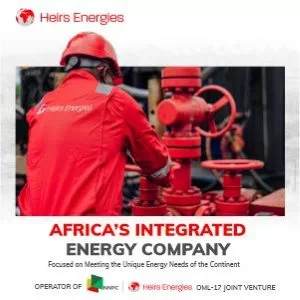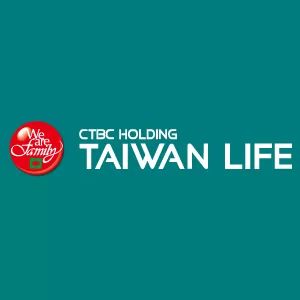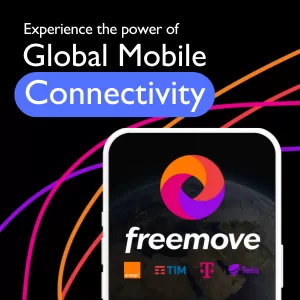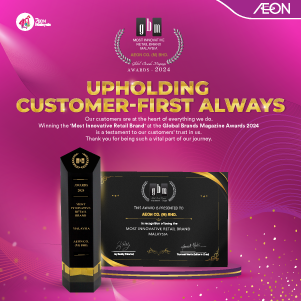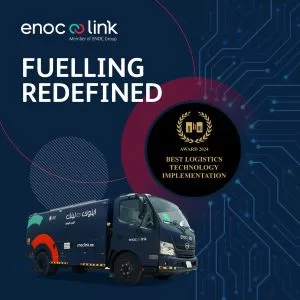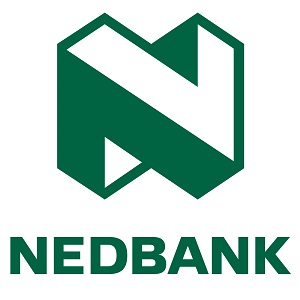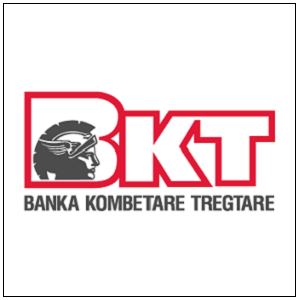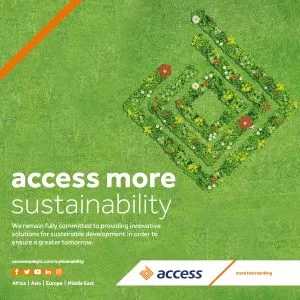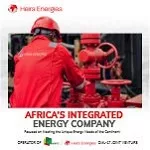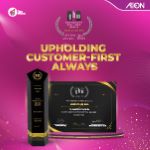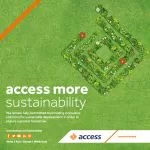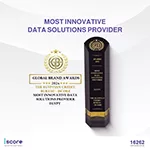Science & Environment
Honda Enters the Space Race: Japan’s First Reusable Rocket Landing Breaks Global Barriers
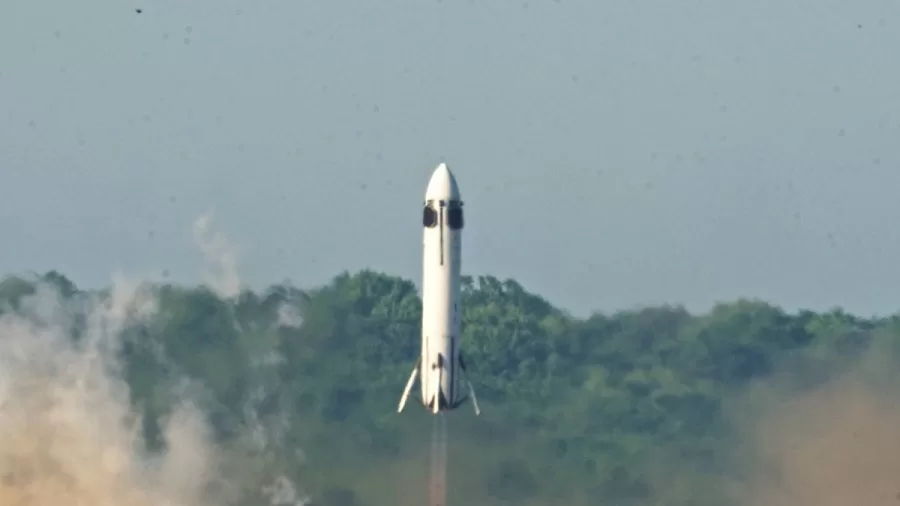
- Honda has become the first company outside the US and China to successfully test a reusable rocket with a precision landing.
- The test was conducted in Japan’s northernmost prefecture, with suborbital launches expected by 2029.
On June 17, 2025, a sleek, compact rocket lifted off from a Honda testing site in Hokkaido. It wasn’t a dramatic launch. There were no cheering crowds or live-streamed countdowns. But when the rocket gently returned to Earth, landing just 37 centimetres off its intended mark, something shifted.
Honda—a name you likely associate with efficient cars and nimble motorcycles—had just made a historic move into space.
This was more than a technical demonstration. It marked the first time a company outside the United States and China managed a successful test of a reusable rocket with such precision.
The flight was brief. The rocket climbed just over 270 metres. But it showed accuracy, control, and intent.
And for global tech and manufacturing industries, it served as a wake-up call.
From Road to Orbit: Why Honda Is Building Rockets
If you’ve been watching trends in global mobility, you might not be surprised that legacy automotive brands are looking beyond roads. Honda has been gradually expanding its technological footprint for years, from AI and robotics to aviation and renewable energy.
But even so, a reusable rocket? It feels like a dramatic leap.
Yet this wasn’t a sudden pivot. Honda’s rocket project has been quietly underway since 2021, part of a broader research initiative to diversify beyond traditional vehicles. The company outlined an internal roadmap that included:
- Developing compact, single-stage rockets
- Achieving vertical launch and recovery with full reuse capability
- Pursuing suborbital launch capabilities by 2029
This shift isn’t just about joining the space race. It’s about rewriting the rulebook on who gets to participate.
Breaking Down the June 2025 Test
The test was short and precise. Here’s what we know:
- Location: A Honda aerospace testing site in Hokkaido, Japan
- Altitude achieved: 271.4 metres
- Total flight time: Under 60 seconds
- Landing precision: 37 centimetres from target
The rocket was powered by a hydrogen peroxide propulsion system. Unlike traditional launch fuels such as RP-1 kerosene or liquid hydrogen, hydrogen peroxide is simpler to store and safer to test at small scales. The test rocket used onboard sensors, GPS navigation, and real-time telemetry to adjust mid-flight. It autonomously deployed its landing legs and stabilised before touching down.
Every part of the system, including the software, was developed in-house by Honda engineers.
What sets this apart is not just the result but the efficiency and silence of the process.
Why the World Should Take Note
Reusable rockets aren’t just a technological trophy. They reduce the cost of space access dramatically. And they make launches more frequent and accessible to players who previously couldn’t afford them.
Until now, SpaceX (US) and CALT (China) were the only organisations with a proven record of precision reusable launches. Honda has now joined this exclusive club.
It’s not about overtaking SpaceX or launching astronauts. It’s about carving a new space in space, offering smaller, precision-focused launch services that could revolutionise low-cost access to near space.
And for countries or universities that currently depend on expensive foreign launches, this is a big deal.
Japan’s Strategic Move into Aerospace
Honda’s success doesn’t stand in isolation. Japan’s space ambitions have been building steadily. The Japan Aerospace Exploration Agency (JAXA) has long been a serious player, with international partnerships and scientific missions to its name.
But the emergence of private Japanese firms in this sector is new and significant.
Honda’s foray complements wider government efforts to promote private-sector space innovation. The Japanese government has provided regulatory support and funding mechanisms for startups and legacy firms alike to enter the aerospace market.
With this test, Honda becomes not just a carmaker but a strategic player in a high-value, high-growth global industry.
Other Brands in the Aerospace Arena
To understand how unusual—yet important—this move is, take a look at what other global brands are doing:
- Toyota has partnered with JAXA to develop a pressurised lunar rover for crewed Moon missions.
- Sony has co-developed small satellite imaging systems with the University of Tokyo.
- Hyundai is investing in aerial mobility through urban air taxis.
- Amazon’s Blue Origin is testing reusable spaceflight systems aimed at space tourism and small payload launches.
- Virgin Galactic continues to fly suborbital missions for commercial passengers and researchers.
Honda’s angle is different: its sights are set on building a reliable, reusable launch platform for regional and commercial payloads.
That makes it unique.
A Roadmap to Orbit by 2029
Based on public documents and Honda’s disclosures, here’s what lies ahead:
- 2025–2026: Series of low-altitude flight tests under 1 kilometre
- 2027: Development of a higher-altitude test vehicle
- 2028: Suborbital tests with onboard equipment
- By 2029: Fully operational suborbital launch services
If all goes to plan, Honda will be offering commercial launch services by the end of this decade.
While the initial focus will likely be on scientific and academic payloads, broader applications aren’t far behind.
How This Changes the Game
The barrier to entry in the space launch market is high—engineering, regulation, cost, and time all act as filters. But Honda’s success suggests a new possibility: that a mobility-focused company can successfully transition into aerospace if it leverages its strengths.
The company’s long history in mechanical design, propulsion systems, and robotics gives it a technical base to draw from. Its manufacturing scale helps it control costs. And its brand allows it to attract talent and interest quickly.
The combination is rare and powerful.
Where This Could Lead
In practical terms, if Honda’s system becomes commercially viable, we could see:
- Cheaper launches for university satellites or atmospheric experiments
- On-demand suborbital flights for weather data, emergency comms, or remote imaging
- A private-sector counterweight in a market currently dominated by government contracts
Asia-Pacific nations without their reusable launch capabilities could see Honda as a reliable, nearby option.
That could reshape space access across the region.
What’s Next for the Global Space-Tech Scene?
We are entering a new phase of the space economy—one where precision, cost control, and reuse matter more than payload size or national pride.
What Honda’s June test proves is that innovation can come from places you’re not looking.
That should make every major aerospace player rethink their assumptions.
And it opens the door for other major firms—automotive, robotics, even energy companies—to imagine what else they might achieve beyond their current limits.




